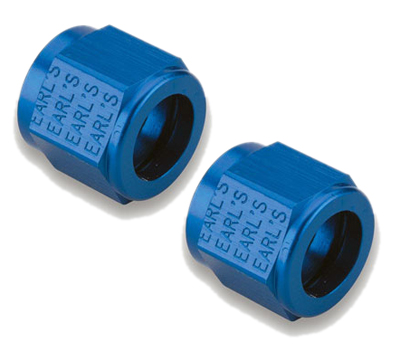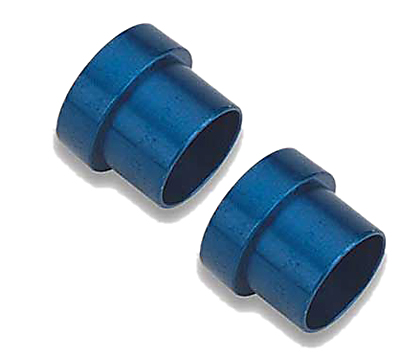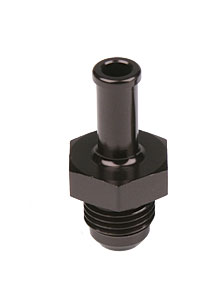It says that it has:
10AN Male inlet
8AN Male rollover
8AN Male return
http://www.jegs.com/i/JEGS/555/15551/10002/-1
When I try to lookup AN fittings vs. fuel line size I find:
-3AN - 3/8" ID
-4AN - 7/16" ID
-6AN - 9/16" ID
-8AN - 3/4" ID
-10AN - 7/8" ID
So .... are they saying I need fuel lines that are 3/4" ID?????
That is ridiculous. I have a coil of braided stainless hose that is ~5/16 ID.
It seems like the logical size for fuel line, so that seems like -3AN to me.
Why would the fuel lines be so large from the fuel cell?
Seems like a lot of expensive adapters for two tiny lines through my tunnel.
Any help would be good.
I must be missing something ......
And I suppose the "10AN Inlet" is for the feed to the fuel pump/pressure-regulator and the "8AN return" is the dump line back from the pressure reg.?
Stu



